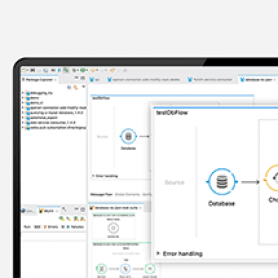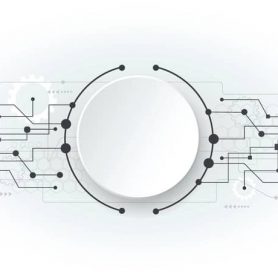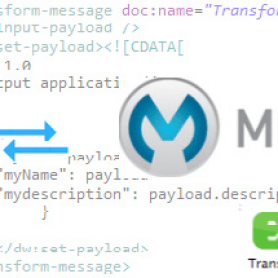Microservice Strategy: Not All Services Are Created Equally
At MuleSoft, we regularly have discussions with organizations about the role of our integration and API platform in the context of a microservice architecture.
5 reasons why ESB-led integration is out and API-led integration is in
Integration has been an enterprise challenge for a long time. In order to create the new products, applications, and services that businesses need to
Testing with MuleSoft’s MUnit: Part 2
This tutorial continues from Part 1. Mock is a feature provided by MUnit to mock the behavior of the message processor. Basically, MUnit replaces
Using advanced file filters in File Inbound endpoint
Mule ESB allows you to connect to anything and anywhere using a wide range of connectors and endpoints. File connector is one of the
Microservices versus ESB
This post is by one of our MuleSoft champions, Antonio Abad. Let’s start with a simple definition of both concepts: “An ESB is basically
Weaving it with Dataweave expression
We all know how powerful Dataweave Transform Message component is. This is such a powerful template engine that allows us to transform data to
Enterprise Service Bus vs Traditional SOA
The principles of SOA were sound, it was the implementation that failed. Service-oriented principles should be the underpinning philosophy behind integration; and an enterprise
The top 6 facts about Mule ESB
An Enterprise Service Bus (ESB) is a set of principles and rules for connecting applications together over a bus-like infrastructure. ESB products enable users
Send emails using hMail server with Mule as an ESB
What is hMailServer? hMailServer is a free, open source, e-mail server for Microsoft Windows. It supports the common e-mail protocols like IMAP, SMTP and
API-led connectivity and CQRS: How Mule supports traditional integration tasks
There is a lot of interest in how Mule supports emerging patterns like CQRS (Command Query Responsibility Segregation), so I wanted to create a




















